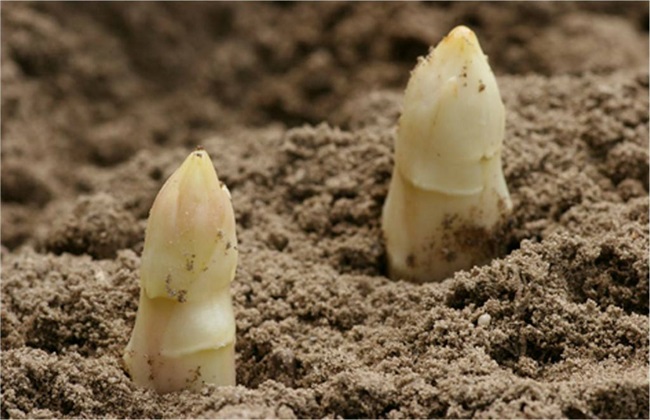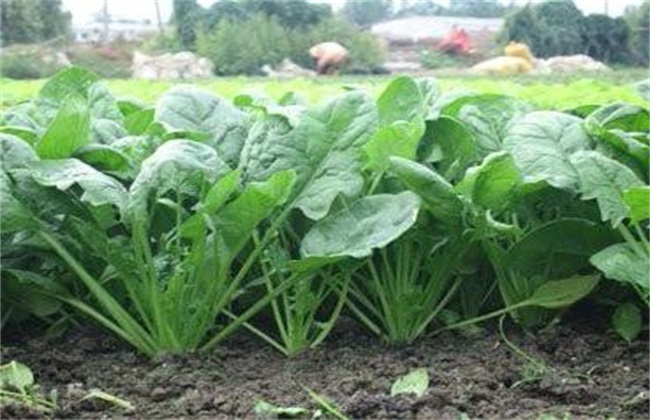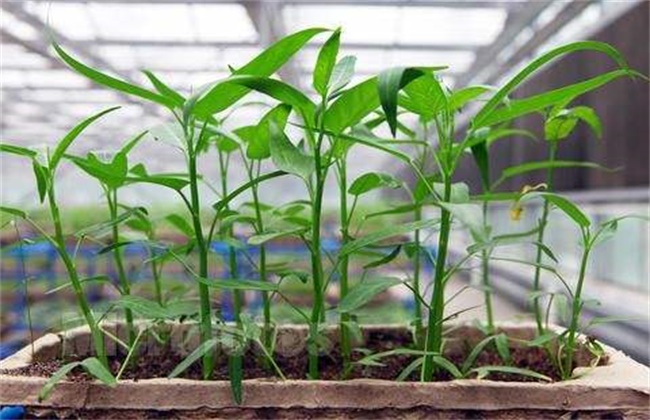Fertilization techniques for high yield of asparagus
Asparagus is a perennial plant of the asparagus family, and it is also a very popular vegetable. Its seedlings are the main edible part, and the nutritional value of asparagus is very high. It is rich in vitamin B, vitamin An and other nutrient elements. Therefore, now the planting area in our country is very large, when planting asparagus, we need to do a good job of fertilization to ensure its yield. Then let's take a look at the high-yield fertilization technology of asparagus with Xiaobian.

1. Fertilization in seedling stage
When asparagus is sowing and raising seedlings, if the soil is rich in organic matter, then there is no need to apply fertilizer during the seedling growth period. The seedlings can be transplanted to the field when they grow to two months old. If possible, it can be fertilized twice at 20 and 40 days after seedling completion. The fertilizer is mainly rotten farm manure, and urea water with lower concentration can also be used. If it is dry urea, then we must pay attention to control the amount of application, not when there is dew. After spraying dry urea, appropriate allocation of soil and watering, and then urea into the soil to dissolve.
2. Fertilization after planting.
After the slow seedling stage after planting, asparagus officially entered the growth stage. In this period, because the growth of asparagus is not large, the root absorption capacity is not strong, so topdressing should be based on the principle of many times and a small amount of fertilizer, and the fertilizer is mainly available fertilizer. The first fertilization was carried out about a month after planting, and appropriate amount of urea and compound fertilizer were applied, mainly point application and furrow application. Proper watering after fertilization can improve the absorption rate of asparagus plants. Then after the first fertilization, topdressing is applied every other month, about twice. Each fertilization should open a shallow trench around the plant to ensure the uniform absorption of the plant.
3. Fertilization during bamboo shoot harvesting period
After entering the harvest period, asparagus should be properly applied with quick-acting fertilizer, such as urea, potassium chloride and so on. Compound fertilizer can also be applied, and the main way of fertilization is extra-root topdressing or furrow application. The main purpose of topdressing in the harvest period is to ensure the continuous growth of the mother stem, enhance the ability of photosynthesis and improve the accumulation of nutrients in the mother stem. And it can also supplement nutrients for the soil and ensure the nutrient absorption of the root system. If it is extra-root topdressing, it can be prepared with urea, borax and potassium dihydrogen phosphate and then sprayed.
4. Fertilization after bamboo shoot picking
After asparagus harvest, the application of rejuvenation fertilizer is very important if it is to be applied once. If it is white asparagus, then organic fertilizer should be applied in the furrow before the ridge is leveled in the field, and if it is green asparagus, it should be ditched and fertilized. Control the amount of fertilizer application, about 3500kg per mu, with about 80kg compound fertilizer. It is necessary to ensure the quality of farm manure and control the proportion of elements such as nitrogen, phosphorus and potassium. This fertilization has a direct impact on the output of the following year, so we must pay more attention to it.
The above is a brief introduction to the high-yield fertilization technology of asparagus. That's all for today's introduction. This article is for reference only. I hope it can help you all.
Related
- Where is it suitable to grow horseradish in China? it is expected to see the middle altitude horseradish in Alishan.
- How to prevent tomato virus disease reasonably? (Control methods included)
- Many people like to plant towel gourd on the balcony. What are the main points of this method and management?
- What crops can chili peppers be mixed with?
- Fertilization techniques and matters needing attention in Tomato
- What are the grafting techniques for peach seedlings in spring?
- Harm and control methods of root swelling disease of Chinese cabbage
- What are the pests of sweet potatoes? How to prevent and cure it?
- Symptoms, causes and Control methods of navel Rot in Tomato
- The cause of "Cucumber rotten bibcock" in Farmers' planting Cucumber and its Control Plan



